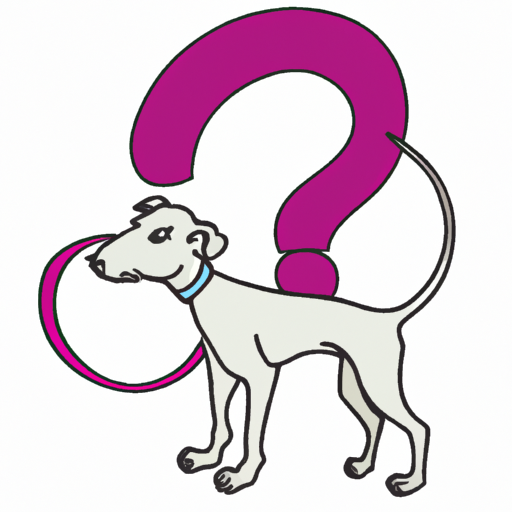Have you ever watched your furry friend wagging their tail and wondered, “Why do dogs’ tails curl?” While a dog’s tail wag may seem like a simple gesture of happiness, it’s actually a complex mode of communication that involves various positions, movements, and yes, curls. This article will delve into the science and psychology behind the curl of a dog’s tail, helping you to better understand and communicate with your canine companion.
Table of Contents
- The Science Behind the Curl
- What Does a Curled Tail Mean in Dog Language?
- Factors Influencing Tail Curl
- Curled Tails Across Breeds
- Frequently Asked Questions
Key Takeaways
- A dog’s tail position, including its curl, is a form of communication.
- Tail curling can be influenced by genetics, emotions, and health.
- Different dog breeds have different tail types, including curls.
The Science Behind the Curl
The curl of a dog’s tail starts with the spine. Dogs have a series of bones, known as caudal vertebrae, that extend into the tail. The number and shape of these bones, along with the surrounding muscles and tendons, contribute to the tail’s ability to curl. A study on dog tail morphology reveals that the curvature of these bones can vary significantly, resulting in different tail shapes across breeds.
What Does a Curled Tail Mean in Dog Language?
Just as human expressions convey emotions, so too does the tail of a dog. A curled tail can mean a variety of things depending on other body language signals. Generally, a relaxed, loosely curled tail signifies contentment, while a tightly curled or arched tail can indicate excitement, alertness, or aggression. However, interpreting dog body language involves understanding the whole picture, not just the tail.
Factors Influencing Tail Curl
Several factors can influence the curl of a dog’s tail, including:
- Genetics: Some breeds naturally have curled tails, like the Pug or Akita. This trait is inherited and often associated with specific breeds.
- Emotions: Dogs express their emotions through their tails. Excitement, fear, aggression, and relaxation can all influence the curl of a tail.
- Health: Certain health issues can affect a dog’s tail. For instance, “limber tail” is a condition that results in a droopy tail, often seen in working breeds.
Curled Tails Across Breeds
Different breeds have different tail types. Here are a few examples:
- Pugs: Pugs are known for their tightly curled tails that rest on their backs. This is a genetic trait specific to the breed.
- Akitas: Akitas have thick, fluffy tails that curl over their backs, often resting on one side.
- Greyhounds: Greyhounds typically hold their tails low and straight, but they can curl them slightly when excited or happy.
You can learn more about different tail types and what they mean on One Top Dog’s breed information pages.
Frequently Asked Questions
1. Why does my dog’s tail curl more when he’s excited?
A dog’s tail can curl more when they’re excited due to increased muscle tension. The tail is an extension of the spine, and its movements are controlled by muscles and tendons.
2. Can a dog uncurl its tail?
Yes, a dog can uncurl its tail. While some breeds have naturally curled tails, all dogs should be able to move their tails freely. If a dog’s tail is constantly curled and they seem unable to uncurl it, this could indicate a health issue and should be checked by a vet.
3. What does it mean if my dog’s tail is curled down?
A dog’s tail curled down or between their legs usually signifies fear or submission. However, if the tail remains in this position constantly, it could suggest a health issue.
As you can see, the curl of a dog’s tail can tell you a lot about them, from their breed and emotions to their health. By paying attention to your dog’s tail, you can gain a deeper understanding of their feelings and needs. For more information on understanding your dog’s behavior, check out One Top Dog’s behavior guide.



